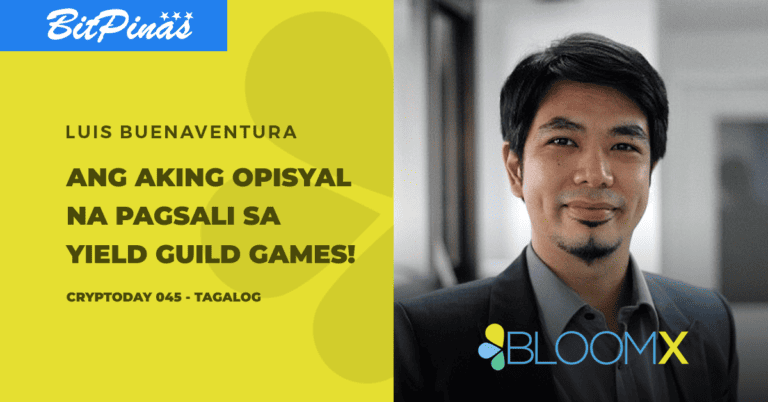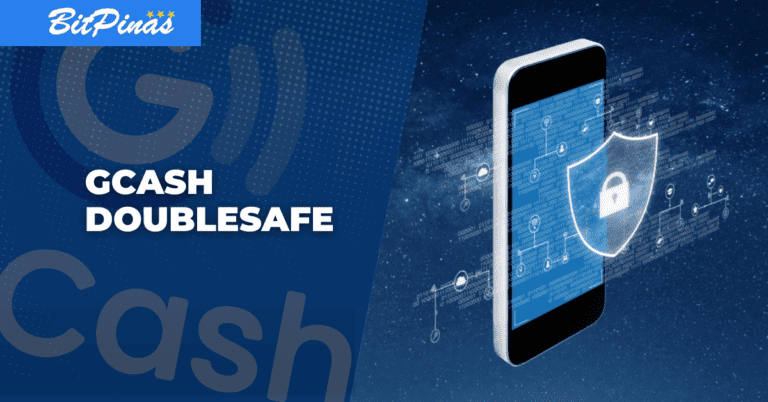The FinTech Revolution in the Philippines that is Unfolding under the New Normal
Being aware and being informed of the best practices in securing our digital banking is our first line of defense.

We are close to wrapping up the first two months after the government has shifted the national capital from Extended Community Quarantine to the Modified General Community Quarantine. Since then, businesses and government offices have re-opened under the strict implementation of public health protocols.
Under the protocols of the new normal: cashless transactions and digital payments were being pushed upfront as the traditional form of cash as payments are being discouraged to curb contact.
More than a passing phase, I believe that cashless transactions are here to stay as Filipinos have re-discovered the convenience of having a digital wallet that can be used for over-the-counter payments, online payments and transferrable to a beneficiary. Under the quarantine era, a fintech revolution is happening right before us. It is subtle, as the proponent technology has been around for a decade but it’s adoption is a response to a world being less and less in physical contact.
Digital Banking Boom
Digital Banking is on the rise and the country’s local banks have reported growth in their digital storefronts as Filipinos are using banking apps, online banking and ATM transactions to pay utilities and do consumer transactions.
Digital banks — banks that have limited on-site branches and primarily operate through mobile applications, have been around in the country prior to the lockdown. ‘Digital-first’ banks such as ING, CIMB, to name a few, offered a preview of what is come: Digital Bank Boom in the 2020s as the country’s largest banks are all shoring up their digital fronts for the safety and convenience of Filipinos. Much like the mass introduction of ATMs, digital banks through apps will be capable to handle all the banking services that are being done on-site.
Confidence in digital banks have increased but security will be a major issue moving forward as the relative increase of cyber-attacks on digital banks such as phishing, identity hijacking and force brute access have incidentally increased during the lockdown.
Information security is first and primarily a responsibility by customers who are transacting with digital banking services. Being aware and being informed of the best practices in securing our digital banking is our first line of defense. Banks in the Philippines have considerably increased their spending on cyber security and as we are on the first tide of a digital banking wave, expect more sophisticated measures done on digital banking security as risks are increasing day by day as more Filipinos are signing up for digital banking.
Digital Wallets and Digital Payments
If anything, digital wallets such as PayMaya, G-Cash and Smart Money are dispelling the local myth that these electronic and digital mode of payments are afforded only by the rich and well-to-dos. Despite the increased adoption of these digital wallets prior to the pandemic, majority of Filipinos were more unlikely to try these digital wallet services as the primary mode of payment was still physical money.
Over the years, utility companies, retail chains and convenience stores were the first adopting merchants that support digital payments through QR scanning upon payment. Digital payments than were considered an alternative form of payment for the well to dos or the sophisticated tech types. Today, Filipinos are discovering that these digital payments are very accessible. You’ll need a smart phone (like everyone has these days), a working SIM card and you’re set. Just download these apps and cash-in your bills — to convert them to digital cash for your wallet.
The next big wave for these digital wallets is the mass adoption by micro merchants such as the “sari-sari store” and the adoption by government agencies such as SSS, PHILHEALTH, PAG-IBIG Housing and other social services. Recently, the Department of Agriculture have partnered up with PayMaya for disbursing loans to farmers and agriculture workers.
FinTech in Government Finance
Basing on the news about the launch of a Blockchain-enabled Bonds.PH, which is a product made possible by the strategic partnership of the Philippine Bureau of the Treasury (BTr), with the Union Bank of the Philippines (UnionBank) and Philippine Digital Asset Exchange (PDAX), it is a sign of the disruption and innovation that is happening within formal finance. Bonds.PH is built around Blockchain and Distributed Ledger Technology (DLT) to facilitate the issuance of bonds across a secured multi-platform way of buying. Through the web app, investing of bonds have entered a new era of accessibility as it bypasses the traditional brokerage and centralized process. Looking at the future, it is not so radical to envision DLT being utilized to allow investments from public offerings.
All the Fintech related innovation are unfolding right before our eyes. It is so subtle and yet so disruptive in nature. It may take a few years before we can take a step back to see how far Fintech in the Philippines have progressed in such a short time. But that’s just it: we’re living in a great time of disruption and the innovation cycle has accelerated to the point that it outpaces common knowledge. Before consumers know it, their daily digital transactions are “the new normal”.





![[Updated] Sky Mavis Explains Planned SLP Burning Mechanisms in Axie Infinity Origin 7 [Updated] Sky Mavis Explains Planned SLP Burning Mechanisms in Axie Infinity Origin](https://bitpinas.com/wp-content/uploads/2022/02/AXIE-origins-768x402.png)